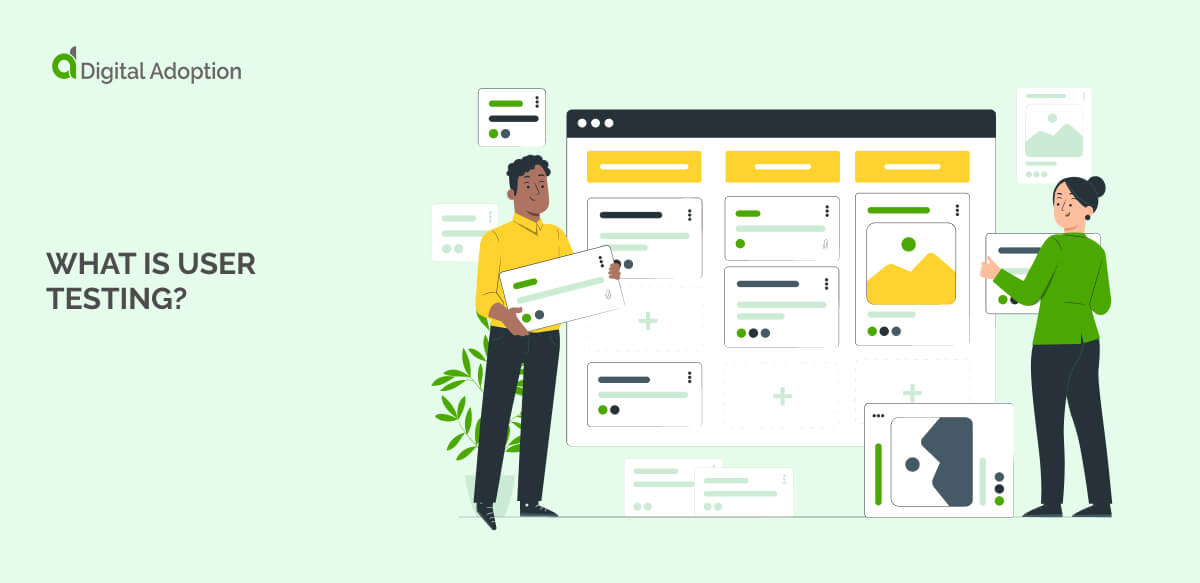User testing use cases
User testing is a versatile tool that can be applied across various industries to improve products, services, and user experiences. Each business scenario uses different methods, depending on the goals and challenges of the specific sector.
Here are three examples of how user testing can be applied in real-world business situations.
Retail
Scenario: A retail company launches a new e-commerce website and wants to ensure customers can easily navigate and complete purchases.
Method: The company conducts usability testing with a group of users from their target audience. Test participants are asked to browse the site, find specific products, and make a purchase. Observers track task completion rates and user feedback.
Outcome: The testing reveals that many users struggle to find the checkout button. As a result, the website’s design is adjusted, making navigation clearer and improving the overall user experience. This leads to increased conversion rates and reduced cart abandonment.
Healthcare
Scenario: A healthcare provider releases a new patient portal for booking appointments and accessing medical records, but they are concerned about its usability.
Method: User testing is conducted with patients who regularly use the portal. They are asked to complete tasks like scheduling an appointment and reviewing test results. Observers note any areas where users face confusion or difficulty.
Outcome: The testing identifies that users are having trouble with the language used in the scheduling section. Based on this feedback, the healthcare provider simplifies the wording and adds visual cues to improve understanding, enhancing patient satisfaction and engagement with the portal.
Financial services
Scenario: A financial services company develops a new mobile app for managing investments and wants to test its user experience before launch.
Method: A series of in-person and remote user testing sessions are conducted with a mix of novice and experienced investors. Participants are asked to perform tasks like checking their portfolio or making a trade. The company tracks user success rates and gathers qualitative feedback on the app’s design and functionality.
Outcome: Users indicate they are confused by the app’s navigation menu, which is cluttered with too many options. The company streamlines the menu and prioritizes the most common features, leading to a smoother user experience and higher app adoption rates after the launch.

